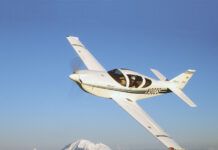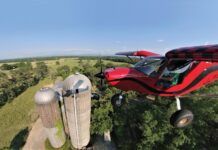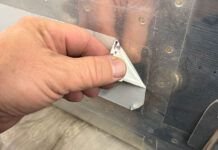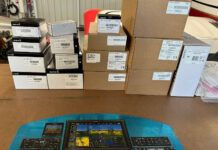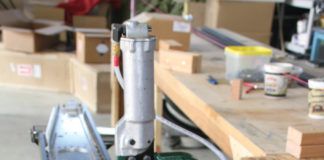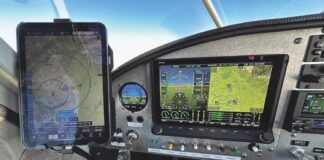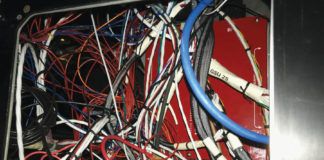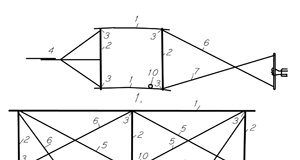As we enter the season of Kitplanes® Buyer’s Guides (Kits this month, followed by Plansbuilt options, then Rotorcraft and Engines in coming months), it is appropriate to discuss the question that is often found on Internet bulletin boards and forums dedicated to homebuilding—should a person build or simply buy the airplane they want? Many years ago, people built airplanes because it was far cheaper than buying and maintaining a certified machine. In today’s economy, it is still impractical for many of us to own a new certified airplane, and it is common to find Experimental aircraft selling for less than what it would cost in parts (or kits) to build them. If it is cheaper to buy someone else’s completed homebuilt than to build your own, what is the incentive to build?
For many, the answer is simple—just buy! We should never underestimate the impact that a homebuilt aircraft project will make on a person’s life. The time commitment is huge—both in the shop and in doing research. It takes a commitment in space (spouse’s automobiles will most likely be banished from the garage for the duration) and finances. Relationships often suffer. There will undoubtedly come moments of immense self-doubt and fear of sinking a great deal of money into something that will never reach fruition. In short, building an airplane is not for the faint of heart.
Buying a homebuilt is not a trivial matter of course; quality varies widely, even with kits that are advertised to be nearly goof-proof. Anyone considering a used homebuilt should do their own due diligence and have a complete pre-purchase inspection performed by both an A&P and a builder familiar with the type. One of the great things about buying a used homebuilt is that if it is not equipped the way you want it, you can change it. This is not as true with certified aircraft, where your choices are more limited. With the Experimental, anyone can work on and modify the craft, which opens up a world of possibilities for systems, panels, and finish. It is an attractive way to go if you have the patience to shop meticulously.
On the other hand, this magazine is about promoting the building of aircraft, and there are many advantages and rewards in the process. Everything that makes it difficult is a challenge to overcome, and challenges overcome are satisfying in the triumph. Bringing an aircraft project to completion is something that very few humans have ever accomplished. Building your own design is a remarkable achievement, but so is building from plans or a kit. Even with a kit, there are a remarkable number of choices to be made: engine, prop, the design of the interior, and the choice of avionics. Some kits are good enough that they really should be considered “custom aircraft,” rather than what was traditionally known as Experimental—and it is in the customization that builders truly shine.
It is often said that there are builders and there are flyers, and a lucky few who truly enjoy both. But the world is rarely black and white, and the line can often be blurred. For instance, even in the world of builders, there are different tolerances to the parts of a project. Some enjoy the creation of structure, some the installation of systems. Some love firewall-forward work, and others can’t tell a spark plug from a fuel filter—but they are incredibly adept when it comes to fiberglass work and finishing. I personally get my greatest satisfaction from designing cockpits and systems for a particular mission. And while I have painted airplanes in the past, I now farm that task out to others. Does farming out a task make me less of a builder? I don’t think so—and it is something that everyone needs to decide for him- or herself.
Here in our pages we tend to emphasize the joys and skills of building, and some might wonder if they will truly be accepted into the club of Experimental aviation if they choose to buy. Acceptance, of course, is up to the collective culture of this society known as “homebuilding,” but I, for one, have no prejudice against anyone who enjoys at least a part of this world. Buyers contribute their knowledge and experiences as pilots, just as builders contribute their stories and lessons learned from construction. All are welcome to participate in creating flight out of a pile of raw materials—or enjoying that flight and sharing the creation with others.
If you are choosing a project or an airplane, enjoy the process and let us know how we can help.


